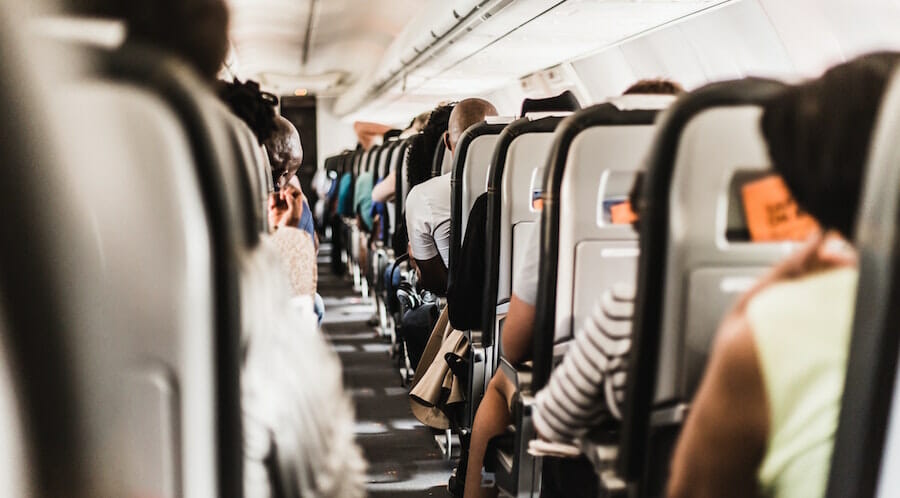
Whether you’ve been bitten by the wanderlust bug or your career has you living out of your luggage, you spend a lot of time on airplanes, zipping across the country, continent, and planet. While to many this is an envious lifestyle it does come with some physical health concerns that can make frequent air travel and life surrounding it a literal pain. But by making physical therapy a part of your globetrotting existence you will give your body the first class experience, even if you fly coach.
4 Physical Health Concerns Connected to Constant Air Travel That Physiotherapy Can Help Alleviate
1. Deep Vein Thrombosis
Some frequent flyers may run the risk of developing deep vein thrombosis (DVT), a condition that occurs when a blood clot forms in the deep veins of the lower leg or thigh. While rare, DVT can be life-threatening should the thrombosis become dislodged from the vein and carry through the main veins and heart where it can lodge in the lungs, resulting in a pulmonary embolism. Another concern is found when thrombosis results in chronic deep vein blockage or damage to vein valves, which can lead to swelling and skin irritation at the ankles.
Constant air travel can increase the risk of DVT due to long and continuous bouts of immobility, which is why you are encouraged to wear loose fitting clothing, massage your leg muscles, and walk around the cabin as often as possible during your flight. The more blood circulation the better.
Given the implications of DVT, the first line of prevention and treatment is found with your physician, but physiotherapy can complement your plan. In addition to providing you with a regime of exercises that that will help improve range of motion in your lower extremities, a physical therapist can help you improve circulation through compression therapy, which involves wearing compression stockings. Compression socks/hosiery will help increase circulation, improve blood flow, and increase oxygen to leg muscle tissue while reducing the risk of swelling and DVT during long flights.
2. High Blood Pressure
If you already suffer from high blood pressure and you plan on flying a lot in the months and years to come then there is some cause for concern. Hypertension symptoms can become aggravated at high altitudes. These symptoms may include shortness of breath and even blood clots (as per item #1 above) along with fluid retention that over time can result in kidney impairment.
The good news, is that physical therapist prescribed exercise can serve as a highly effective non-pharmacological tool in the treatment of hypertension. Beyond physio-guided aerobic, dynamic resistance, and isometric exercises to improve mobility and circulation, Swedish massage can also be applied to better control blood pressure. But remember, first consult with your physician when it comes to high blood pressure diagnosis and treatment.
3. Lower Back Pain
The most common physical pain associated with flying is found in the lower back. Chronic back pain can make a flight unbearable so if your lifestyle or career depends on frequent air travel you need to take immediate action. We have already put together a guide on how to mitigate back pain while traveling, but the last item is the most important – consult with a chiropractor. They will directly address your lower back pain concerns and also provide you with some practical tips regarding proper seating posture and can also prescribe exercises and movements that can be done prior to boarding, on your long flight, and at your accommodations.
4. Oxygen Deprivation
Someone with the slightest respiratory condition can experience issues with breathing during long flights. Lower oxygen levels in the airplane’s pressurized air can lead to negligible (albeit significant to some) oxygen deprivation. In addition, air quality doesn’t compare to fresh air since it is recycled in the plane’s cabin.
A physiotherapist can help you develop proper breathing techniques that may go a long way towards making your flight a breath of fresh air. For instance, if you are an apical breather a physical therapist can work with your to correct the habit and teach you how to instead breathe through your diaphragm.
If your home base is in the Greater Vancouver area be sure to connect with us before your next flight. Book a consultation with our Burnaby clinic today.
